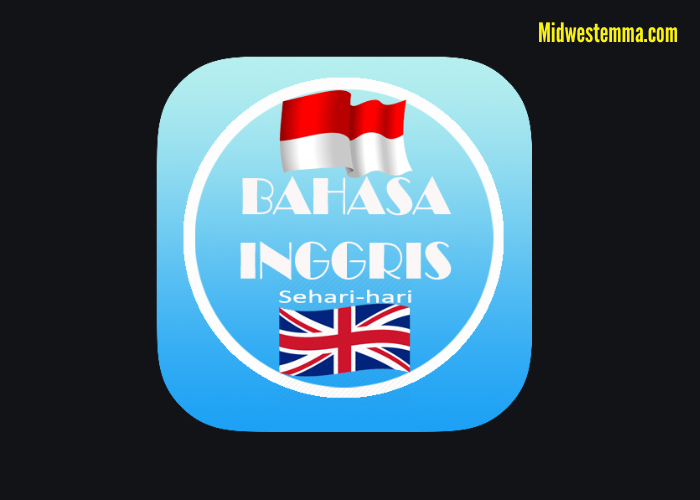In today’s interconnected world, the importance of breaking language barriers cannot be overstated. One such linguistic bridge is the translation from Bahasa Indonesia to English. Bahasa Indonesia, the national language of Indonesia, is a rich and diverse language spoken by millions. Meanwhile, English serves as the global lingua franca, connecting people and cultures worldwide. This article delves into the intricacies of translating Bahasa Indonesia to English, exploring the challenges, techniques, and the significance of this translation journey.
The Richness of Bahasa Indonesia
To understand the art of translating Bahasa Indonesia to English, one must first grasp the complexity and beauty of the Indonesian language. Bahasa Indonesia, with its roots in Malay, has evolved over centuries, absorbing influences from various cultures, including Sanskrit, Dutch, Arabic, and more recently, English. This rich linguistic heritage is reflected in its vocabulary, grammar, and cultural nuances.
Vocabulary
Bahasa Indonesia’s vocabulary is a fascinating mosaic of influence. Words from Dutch, the colonial language, are evident in everyday communication, such as kantor (office) and sekolah (school). Likewise, the interaction with Arabic culture has contributed words like masjid (mosque) and kitab (book). English has also made its mark on Bahasa Indonesia, especially in the realms of technology, science, and popular culture.
Translating Bahasa Indonesia to English often involves navigating this complex web of borrowed words and their ever volving meanings.
Grammar
Bahasa Indonesia is celebrated for its simplicity and elegance in grammar. It lacks the intricate tense systems found in English and many other languages. Instead, it often relies on context and time expressions to convey temporal information. This structural difference poses both challenges and opportunities for translators.
Challenges in Translating Bahasa Indonesia to English
Translating between languages is never a straightforward task, and Bahasa Indonesia to English is no exception. Several unique challenges emerge when attempting this translation journey.
Cultural Nuances
Language is deeply intertwined with culture. Bahasa Indonesia carries cultural nuances that may not have direct equivalents in English. For instance, the concept of gotong royong (community cooperation) embodies a communal spirit deeply rooted in Indonesian culture. Finding an appropriate translation that captures this essence can be a formidable task.
Contextual Ambiguity
Bahasa Indonesia often relies on context for clarity, leaving certain words or phrases open to interpretation. Translators must carefully consider the context and aim to convey the intended meaning accurately.
Politeness Levels
Bahasa Indonesia employs different levels of politeness through pronouns and verb forms. English, on the other hand, tends to have a more standardized approach. Translators must decide how to navigate these politeness levels to maintain the tone and respect embedded in the original text.
Techniques for Translating Bahasa Indonesia to English
To overcome the challenges inherent in translating Bahasa Indonesia to English, skilled translators employ various techniques.
Contextual Analysis
Understanding the context of the text is paramount. Translators must immerse themselves in the cultural and linguistic context to grasp the intended meaning fully.
Idiomatic Expression
Translating idiomatic expressions literally can result in awkward or nonsensical English. Translators should strive to find equivalent idioms or expressions in English that convey the same idea.
Adaptation, not Word for Word Translation
A successful translation does not always adhere strictly to a word-for-word approach. Translators often adapt the content to make it more culturally relevant and linguistically appropriate in English.
Significance of Bahasa Indonesia to English Translation
The translation of Bahasa Indonesia to English carries significant implications in today’s globalized world.
Bridging Cultures
Translation serves as a cultural bridge, allowing people from different backgrounds to connect and understand each other. Translating Bahasa Indonesia to English facilitates cultural exchange, trade, diplomacy, and international cooperation.
Promoting Education
English is a vital language in academia and research. Translating Indonesian scholarly works into English makes them accessible to a broader international audience, advancing the exchange of knowledge.
Enhancing Economic Opportunities
As Indonesia emerges as a global economic player, translating its business documents and marketing materials into English opens doors to international markets and investors.
Conclusion
Translating Bahasa Indonesia to English is a nuanced and complex endeavor that requires more than just linguistic skill. It demands an intimate understanding of both languages and cultures, as well as the ability to navigate the intricacies of idiomatic expression, grammar, and context. In today’s interconnected world, where communication knows no borders, the role of translators in bridging languages and cultures is more critical than ever. The translation from Bahasa Indonesia to English is not merely a linguistic act, it is a testament to the power of language to connect people and ideas across the globe.









